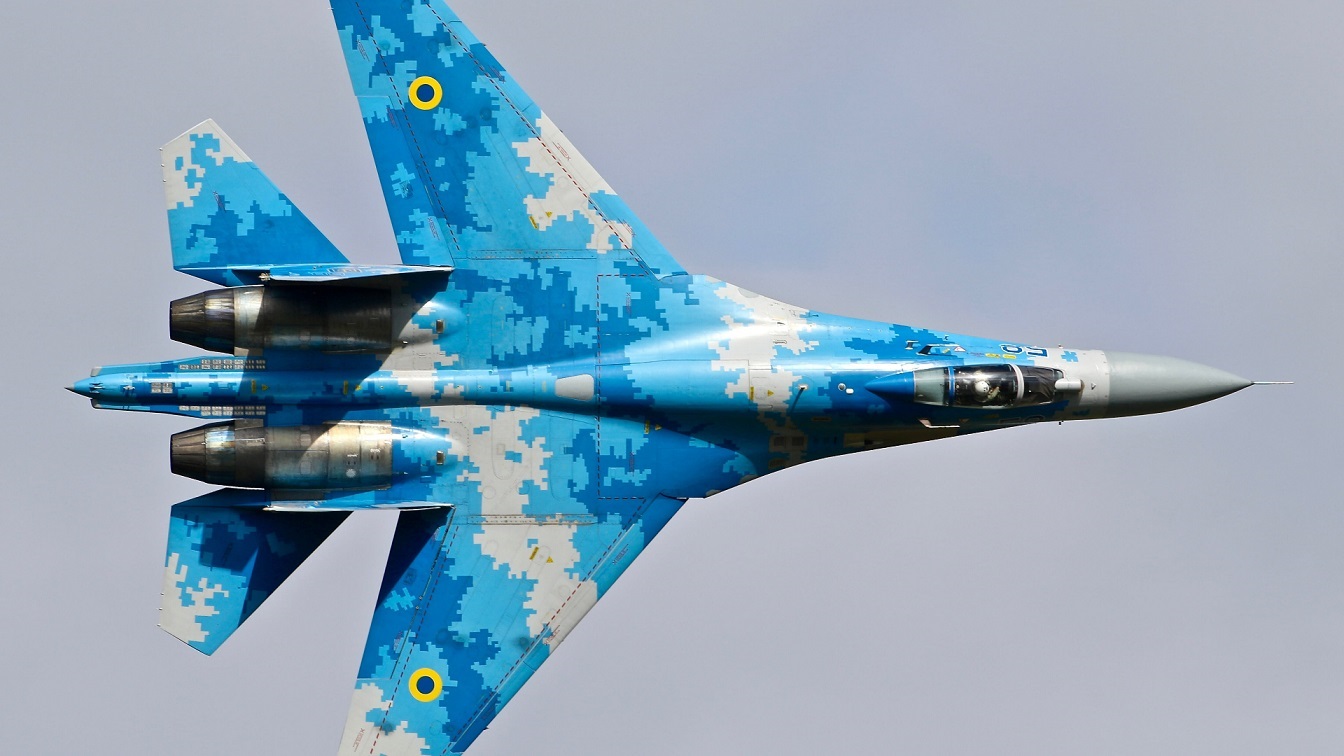Visitors to the National Museum of the United States Air Force at Wright-Patterson Air Force Base (AFB), Dayton, Ohio, can take in some truly noteworthy aircraft, and in the coming weeks it will have a new aircraft in its Cold War Gallery – namely a Sukhoi Su-27 (NATO reporting name Flanker).
This is reportedly only the second Su-27 to be sent to a museum, with the other being a Su-27PD that is part of a static display at the Central Armed Forces Museum in Moscow.
The famed aviation institution received the two-seat Su-27UB Flanker-C via the U.S. military’s Foreign Material Exploitation (FME), where it was likely tested, taken apart, and reassembled.
The National Museum of the United States Air Forces first announced the acquisition of the Soviet-designed air superiority fighter via a post on social media on Tuesday.
“Here’s a first look at the museum’s recent acquisition of the Sukhoi Su-27. Plans call for this aircraft to join the Cold War Gallery this fall,” @AFmuseum said in a post to X – the social media platform formerly known as Twitter – while it also shared a number of photos of the aircraft outside a Wright-Patterson AFB hanger.
Was Offered For Private Sale?
According to a report from TheDrive, the aircraft’s camouflage scheme, and Soviet-style ‘bort’ number of the nose – Blue 32 – were identical to those found on one that had been on the U.S. civil register as N132SU for a number of years.
This particular jet was registered with the Federal Aviation Administration (FAA) in 2009 along with another Su-27UB (N131SU) after being purchased on the open market from Ukraine – and subsequently offered for sale in the United States by Pride Aircraft, Inc.
Each of the fighters was reportedly sold for around $5 million, and per TheDrive, shipped to the U.S. via an AN-124 airlifter. Pride Aircraft stated that the jets were fully demilitarized – but the company never indicated who had acquired the aircraft.
It has been speculated that private “red air” adversary support contractor Tactical Air Support (TacAir) may have had at least one of the aircraft for a while, but it now appears both made their way to the FME program – and could have been sent to the Air Force’s secretive Groom Lake test facility.
A Welcome Addition
Developed by the Soviet Union in the early 1970s, the Sukhoi Su-27 was meant to be Moscow’s answer to the F-15 Eagle. It first entered service as an air superiority fighter but demonstrated considerable growth potential, which included a variant for use as a carrier-based fighter, while the platform has become a proven export aircraft.
It is actually surprising that it has taken this long for the National Museum of the United States Air Force to acquire one – but it will now be a welcome addition to the Cold War Gallery.
Here’s a first look at the museum’s recent acquisition of the Sukhoi Su-27. Plans call for this aircraft to join the Cold War Gallery this fall. #avgeek pic.twitter.com/804C28vp18
— National Museum USAF (@AFmuseum) September 26, 2023
Author Experience and Expertise
A Senior Editor for 19FortyFive, Peter Suciu is a Michigan-based writer. He has contributed to more than four dozen magazines, newspapers, and websites with over 3,200 published pieces over a twenty-year career in journalism. He regularly writes about military hardware, firearms history, cybersecurity, politics, and international affairs. Peter is also a Contributing Writer for Forbes and Clearance Jobs. You can follow him on Twitter: @PeterSuciu.

